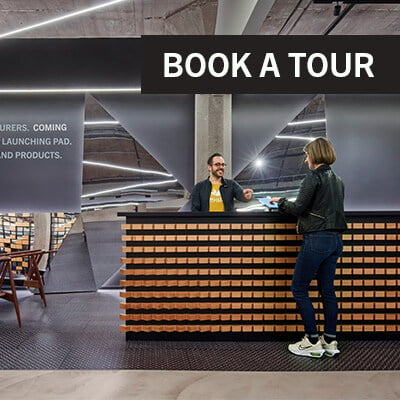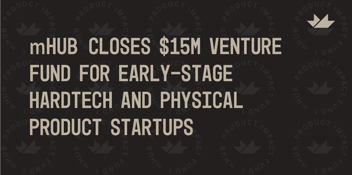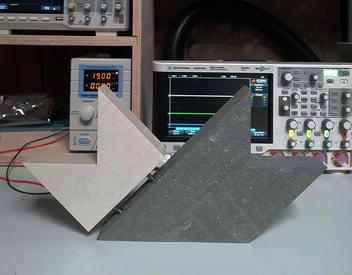In the digital transformation realm for manufacturing, Industrial Internet of Things (IIoT) is the number one technology. According to Gartner’s Hype Cycle IIoT is somewhere in, or just clawing out of, the trough of disillusionment. As so often happens, IIoT has been seen as a technology innovation looking for problems. But now that we are beginning to have better perspective, we’re able to better understand how IIoT can solve real world business problems and that drive real revenue for companies.
IIoT offers value across the whole organization: it improves the efficiency of operations, provides insights to the supply chain, tracks assets in inventory, and brings new business models with an increased service component to the marketplace. These advantages, however, also form IIoT’s biggest hurdle: integration across the various parts of an organization, building the right organization mindset, finding the right talent, creating the right KPIs to measure success, and the lack of infrastructure to underpin it all.
So how to go about this? IIoT is a profound transformation that touches upon business, people and technology. Because it is so profound, one needs to think big but start small. So, even if the company has multiple large plants, starting with one business problem is the prudent entry point. Think one problem on one equipment. Don’t design from the top but walk the shop floor and talk to the operators. Determine which problem is a real pain point where the solution could have major impact (use design thinking). Drive this through a business strategy viewpoint.
Gartner pointed out that the technology is not often the challenge, rather the business strategy and the organizational capabilities are what need to be addressed. A few things to think about:
- Ask the impacted operators to participate in a multi-disciplinary group to design a solution, and if relevant, based on IIoT. As the technology is likely new, ensure that employees and operators are educated in terms of the technology’s capabilities and how it can solve problems. But remember, start small, one problem at the time.
- Assess how the new solution will affect current operation, both asset- and people-wise. Define metrics to measure the impact of the solution to prove that an IIoT solution is the way to go. These are not just your typical increases in efficiency and/or productivity or overall impact on workforce. The learning aspects are even more important in order to build momentum in your organization.
- Lean startup and agile techniques need to be taken with a grain of salt too. One cannot move fast in manufacturing without breaking things. Agile innovation pilot projects could put sustainable operations at risk. Therefore, a collaborative business-driven approach is paramount – because without it, operations experience will eat IT optimism for lunch.
- Once you’ve validated the solution (and that there was indeed a real problem in the first place), you can replicate it across other similar assets and start experimentation on other problems. The scaling and further experimentation needs to continue along the same pattern of business – people – technology.
- Obviously architecting a solution needs to encompass the capability to operate at scale. Hence, replicating the solution on similar assets requires buy-in of the operators (and your biggest fans are the ones who co-designed, implemented and successfully operated it). New experimentation starts again with solving a real problem, involving the operator and designing a scalable solution.
Following this path will likely avoid failures, like overspending because of tackling too big a project, or frustrated employees because they were not involved, or demotivated business co-workers because they’re not solving real problems, or data that is kept in organizational silos.
To sum it up, many IIoT implementations fail because 1) they don’t address a business problem; 2) the directly impacted people are not involved and therefore feel ignored and pushed out; 3) operators are driven by executives who don’t really understand factory-floor problems and only see low numbers on their dashboards; 4) leaders are lacking a mindset of exploring solutions for real problems that do not always have immediate returns; or 5) leaders rely on standard implementation packages and do not take into account that every project is unique.
Make sure your transformation takes these elements into account and implementing IIoT into your business should be smooth sailing from the start.






